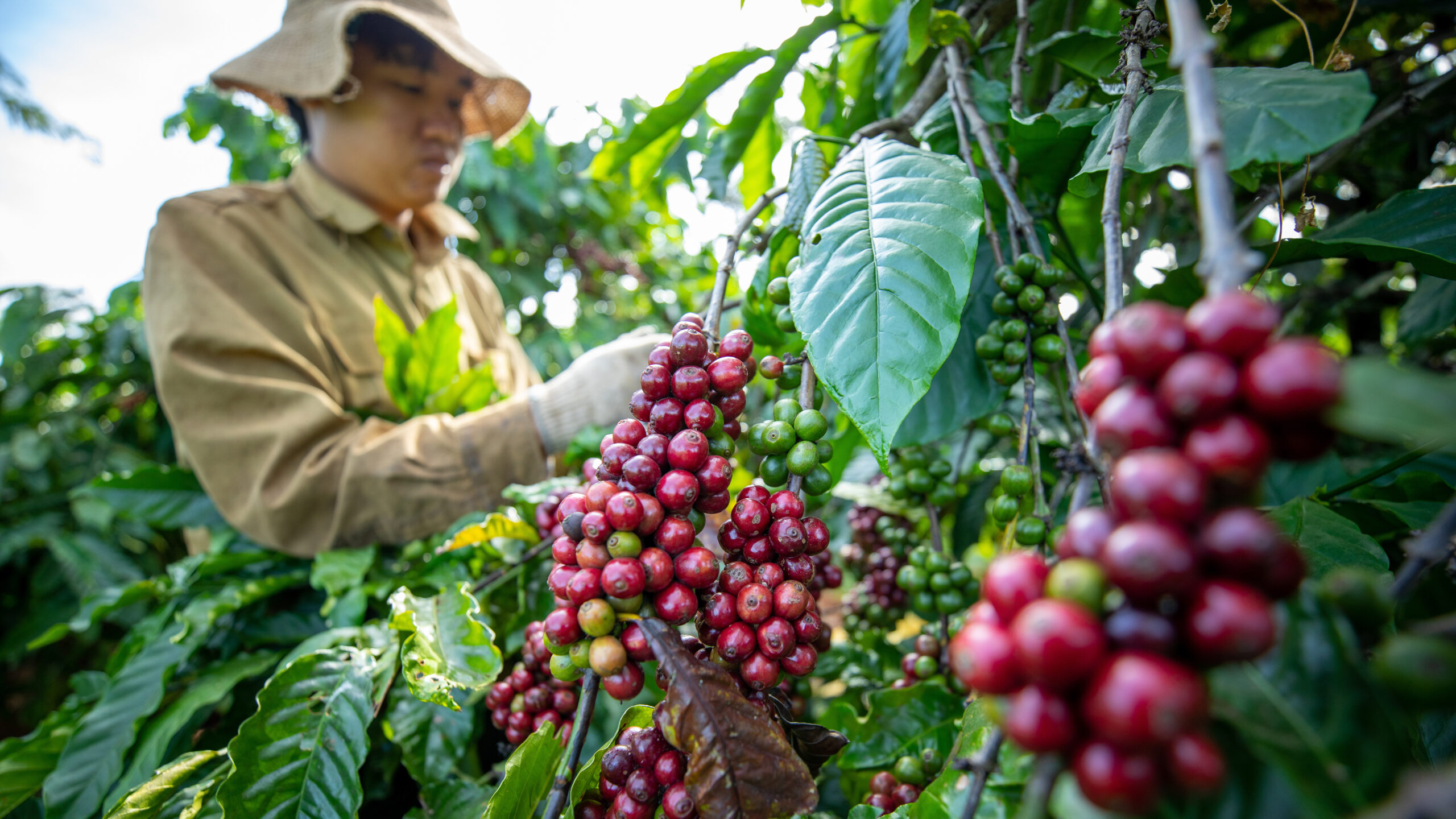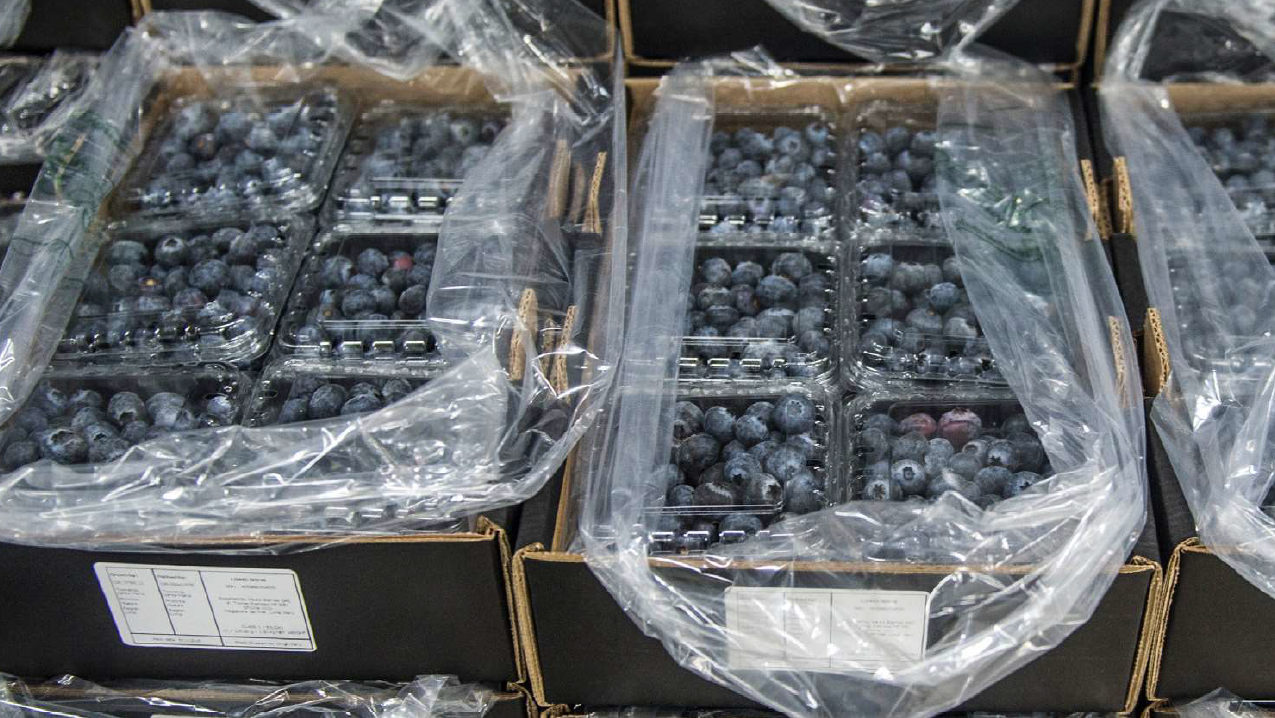Surrounded by some of the largest consumer markets in the world, at the nexus of important trade routes, and with its own growing consumer markets, Myanmar has tremendous potential as an agricultural producer. Yet one persistent obstacle is the agricultural sector’s lack of access to financial services, which can drive productivity and growth.
Myanmar’s financial institutions often shy away from agricultural lending. Agriculture represents about a quarter of the country’s economy and 70% of the population lives in rural areas, yet less than 2% of lending by private commercial banks goes to the sector. The caution is due to a number of factors, including the spatial dispersion of potential borrowers, the need for specific financial product designs, and unique risk management challenges.
While current government lending programs and a rapidly growing array of microfinance services are an important source of finance in rural areas, only a small fraction of these sources support high-growth production activities, such as oilseeds and fisheries.
As we outline in a recent report, agricultural value chain finance (AVCF) is a key approach that offers a pathway to overcoming the lack of lending for high growth production. What is AVCF, and how can it be best be tailored to address Myanmar’s specific challenges?
With AVCF, rather than lending directly to farmers and agribusinesses, financial institutions (FIs) partner with third parties to facilitate financing. These can include buyers, agricultural suppliers, traders, or other entities with unique knowledge of agricultural activities, and a stake in the success of potential borrowers. They can provide FIs with information, partial credit guarantees, transaction facilitation, purchase guarantees, or other support that eases distribution, design, and/or risk mitigation challenges. AVCF can also include trade credit models in which banks lend directly to large agribusinesses, with a borrower profile more familiar to commercial lenders, and can leverage the funds to productively on-lend to meet liquidity needs of their (often much smaller) trading partners.
While AVCF has significant potential to drive agricultural growth, it requires an enabling regulatory and institutional environment, along with a knowledgeable cadre of agricultural finance professionals, both in the FIs, and in the institutions regulating the financial sector.
Myanmar has made substantial strides towards establishing such an environment since it began free market reforms about a decade ago. However, more work is needed for the Myanmar economy to best leverage AVCF. Risks are currently managed quite cautiously in Myanmar’s financial policy environment, primarily through conservative lending practices such as interest rate caps and excessive collateral demands—both detrimental to the agricultural sector. These measures reflect a general view that the country’s banking sector lacks sufficient capacity to analyze and price agricultural risk.
Thus, the government should encourage capacity building for lending institutions in areas such as risk assessment and underwriting. It should also build the capacity of regulators to assess the actions of lending institutions, so that artificial limits on interest rates can continue to be gradually removed. More investment should also go into information and data systems to enable credit and insurance risk assessment.
More generally, rather than direct intervention in markets, the government should focus on market facilitation. One example is supporting the robust governance of cooperatives and other economic organizations, which can serve as a channel for lending and other financial services to farmers who may otherwise be too small and remote for FIs to serve individually.
In parallel to the enabling environment, it is important to develop a cadre of agricultural finance professionals who can manage, regulate, and supervise AVCF arrangements. Until 2012, only the state-owned Myanmar Agricultural Development Bank (MADB) was allowed to lend to farmers. Thus, agricultural lending expertise in commercial banks is still relatively scarce, as is supervision expertise from regulators. It is not necessary for every commercial bank to specialize in agriculture, but at least 1-2 additional active and committed commercial banks in the market would help catalyze innovation in product availability. To do so requires dedicated investment and capacity building in additional financial institutions.
Yoma Bank has already received such support, funded by the Livelihoods and Food Security Fund (LIFT), which has led to a number of successful and high-profile AVCF initiatives, particularly in agricultural mechanization. There have also been specific AVCF projects, such as an innovative multi-partner initiative to extended financing to a large sesame farmer cooperative in Magway region, with Ayeyarwaddy Farmers Development Bank as the lead FI.
Monetary FIs have also been encouraged in recent years by legal and regulatory changes that enable them to take AVCF concepts on board more easily.
The recently announced merger between Myanmar Economic Bank and MADB, supported by the World Bank, is an important opportunity to create a robust AVCF player. Traditionally, state-led financial initiatives in Myanmar have been distortionary, using subsidies or other market controls that can crowd out private FIs. State intervention should instead focus on addressing the gaps that markets do not currently fill. Examples include encouraging financial services for market segments that are only marginally commercially viable today, but could have significant economic potential in the future. State initiatives can also explicitly encourage inclusive agricultural financing, such as to women and other underserved groups. The reformed MADB could serve as a hothouse to develop agricultural finance leaders and test new lending models, while continuing to serve as a leading agricultural lender itself.
Regulators, particularly the Central Bank, and the Financial Regulatory Department in the Ministry of Planning, Finance, and Industry, should be encouraged to deepen their knowledge of AVCF. Rather than as a threat, they should view AVCF as a constructive, risk-mitigating activity.
By building on a decade of reforms, Myanmar has the potential to substantially boost agricultural growth by leveraging AVCF as an important element of its emerging financing mix.
Siddhartha Basu is a Country Economist for the International Growth Centre-Myanmar; Alan de Brauw is a Senior Research Fellow with IFPRI’s Markets, Trade and Institutions Division; Khin Pwint Oo is a Senior Researcher with the Myanmar Economic Association (MEA); Russell Toth is a Senior Lecturer in Economics at the University of Sydney and MEA member.
A version of this post in Myanmar is available at this link.
This work was supported by the Australian Center for International Agricultural Research (ACIAR) and the IFPRI-led CGIAR Research Program on Policies, Institutions, and Markets (PIM).







